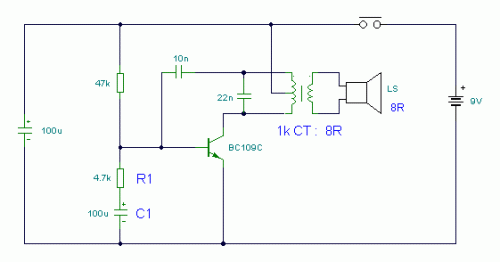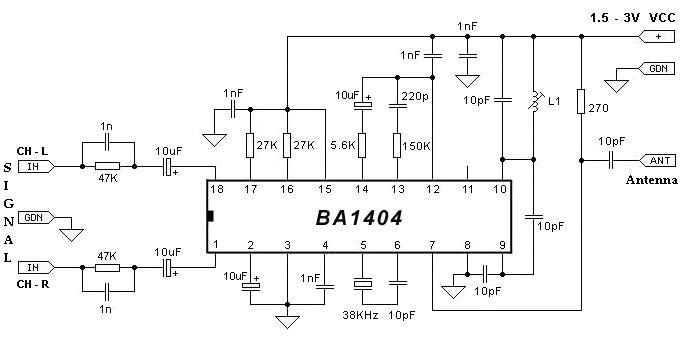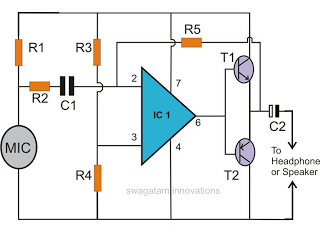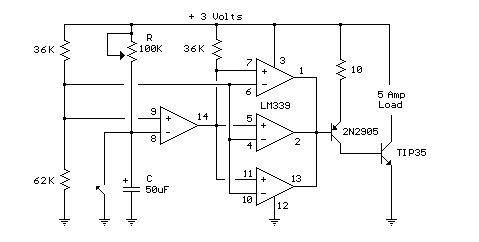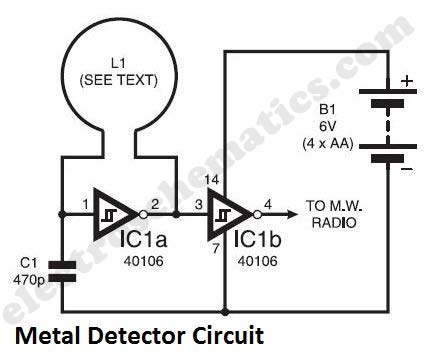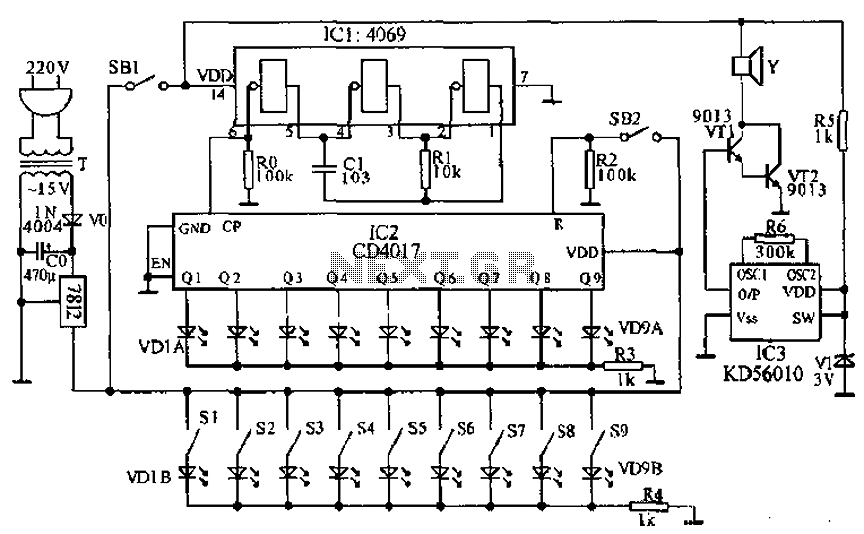
simple electronic delay detonator

Here is the circuit for a simple electronic delay detonator circuit diagram. The overall circuit is implemented in a hybrid IC module. The circuit includes a diode bridge connected to the input terminals, a power supply capacitor connected to the output of the diode bridge, an RC charging circuit connected in parallel with the capacitor, which has a predetermined time constant, and a monolithic IC.
The simple electronic delay detonator circuit is designed to provide a timed delay before activation. The primary components include a diode bridge, which converts alternating current (AC) from the input supply to direct current (DC). This conversion is essential for powering the subsequent components in the circuit.
The power supply capacitor serves as a storage element that smooths out the rectified output from the diode bridge. It ensures a stable voltage supply to the circuit, which is crucial for consistent operation. The RC charging circuit, comprising a resistor (R) and capacitor (C), is responsible for creating the time delay. The time constant of this RC network, defined as τ = R × C, determines how long the capacitor takes to charge to a certain voltage level, which in turn dictates the delay period before the monolithic IC is triggered.
The monolithic IC functions as the control unit for the detonator. Upon reaching the predetermined voltage threshold set by the charged capacitor, the IC activates the output stage, which can trigger a detonator or other load. This design ensures that the circuit can be used in various applications where precise timing is required, such as in controlled detonations or other timing-sensitive operations.
The integration of these components into a hybrid IC module enhances the reliability and compactness of the circuit, making it suitable for deployment in various environments. The careful selection of the resistor and capacitor values allows for customization of the delay time, making this circuit versatile for different applications.Here`s the circuit for a simple electronic delay detonator circuit diagram. The overall circuit is in a hybrid IC module. This is the figure of the circuit; The diode-bridge circuit connected to the input terminals, a power supply capacitor connected to the output of the diode bridge circuit, an RC charging circuit connected in parallel with the capacitor having a predetermined time constant, and a monolithic IC. 🔗 External reference
The simple electronic delay detonator circuit is designed to provide a timed delay before activation. The primary components include a diode bridge, which converts alternating current (AC) from the input supply to direct current (DC). This conversion is essential for powering the subsequent components in the circuit.
The power supply capacitor serves as a storage element that smooths out the rectified output from the diode bridge. It ensures a stable voltage supply to the circuit, which is crucial for consistent operation. The RC charging circuit, comprising a resistor (R) and capacitor (C), is responsible for creating the time delay. The time constant of this RC network, defined as τ = R × C, determines how long the capacitor takes to charge to a certain voltage level, which in turn dictates the delay period before the monolithic IC is triggered.
The monolithic IC functions as the control unit for the detonator. Upon reaching the predetermined voltage threshold set by the charged capacitor, the IC activates the output stage, which can trigger a detonator or other load. This design ensures that the circuit can be used in various applications where precise timing is required, such as in controlled detonations or other timing-sensitive operations.
The integration of these components into a hybrid IC module enhances the reliability and compactness of the circuit, making it suitable for deployment in various environments. The careful selection of the resistor and capacitor values allows for customization of the delay time, making this circuit versatile for different applications.Here`s the circuit for a simple electronic delay detonator circuit diagram. The overall circuit is in a hybrid IC module. This is the figure of the circuit; The diode-bridge circuit connected to the input terminals, a power supply capacitor connected to the output of the diode bridge circuit, an RC charging circuit connected in parallel with the capacitor having a predetermined time constant, and a monolithic IC. 🔗 External reference
